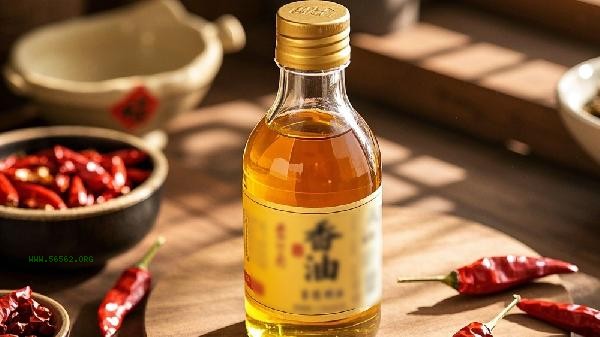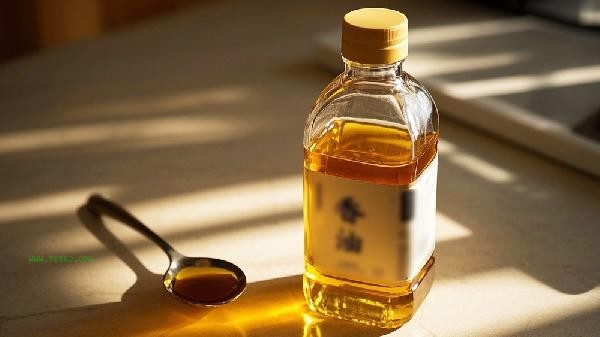To determine whether sesame oil has deteriorated, one can observe color changes, smell abnormal odors, taste differences, check sediment, and pay attention to shelf life. Deteriorated sesame oil may have a dark color, a sour, bitter, or rancid taste, accompanied by flocculent sediment.

1. Observe color changes
Normal sesame oil appears translucent amber or dark yellow. If the color appears noticeably dark, gray, or cloudy, it may have oxidized and deteriorated. You can pour a small amount of sesame oil into a white porcelain bowl and compare the color difference of the newly opened bottle of sesame oil under natural light. Light and high temperature can accelerate the oxidation of oil, and sesame oil that is not stored in the dark after opening is more prone to color abnormalities.
2. Abnormal Smell
High quality sesame oil has a strong and pure sesame aroma, which can produce a pungent sour, moldy or greasy taste after deterioration. You can drop the sesame oil in your palm and rub it, then smell it. If the aroma is weak or there is an odor, it is not suitable for consumption. Especially plastic bottled sesame oil is more prone to adsorbing odors, and after being stored for more than six months, it is necessary to focus on checking for changes in odor.
3. Taste difference
Take a small amount of sesame oil and taste it with the tip of your tongue. The normal taste is mellow and slightly bitter, but after spoilage, there may be obvious flavors such as crackling, bitterness, or spiciness. After tasting, immediately spit it out and rinse your mouth with water to avoid ingesting any harmful substances that may be produced. Under low temperature conditions, sesame oil may temporarily solidify, but if it has an abnormal taste after reheating, it is still considered spoiled.

4. Check for sediment
After allowing the sesame oil bottle to stand for 24 hours, observe the bottom of the bottle. Normal products only have a small amount of sesame particle sediment. If there are cotton like suspended particles, layers, or a large amount of precipitation, it indicates that the oil has been hydrolyzed and rancid. The white flocculent substance caused by low temperature in winter is not affected after being heated and dissolved, but the precipitate that does not dissipate at room temperature indicates deterioration.
5. Pay attention to shelf life
The shelf life of unopened sesame oil is usually 18 months, and it is recommended to use it within 3 months after opening. Fragrance oils that have exceeded their shelf life, even if they appear normal in appearance, may have exceeded their peroxide value. When storing, it should be kept away from heat sources such as stoves. After use, it should be sealed and refrigerated immediately to slow down the rate of oil oxidation.

For daily storage of sesame oil, it is necessary to choose products in dark glass bottles and store them in a cool and dark place. Close the bottle cap promptly after each use to avoid contact with air and moisture. Adding a small amount of Sichuan pepper or vitamin E capsule solution to the oil bottle can help with antioxidant properties. In case of abnormal increase of foam or pungent smell of oil smoke when cooking sesame oil, stop using it immediately. Regularly check the condition of all edible oils in the kitchen. Deteriorated oils may produce harmful substances such as free radicals, and long-term intake can increase health risks.








Comments (0)
Leave a Comment
No comments yet
Be the first to share your thoughts!